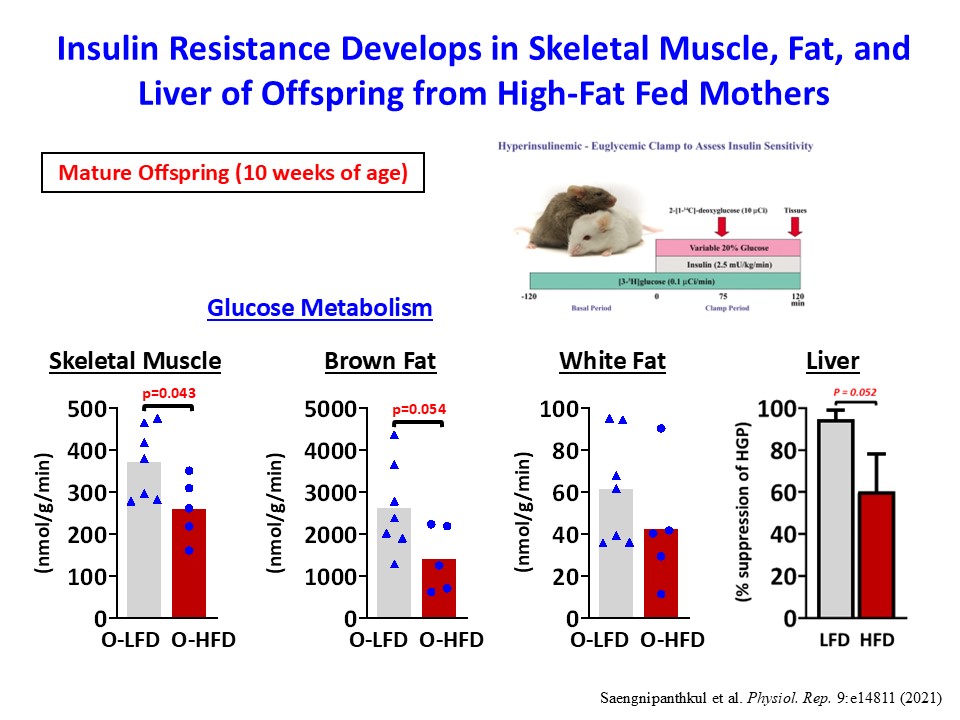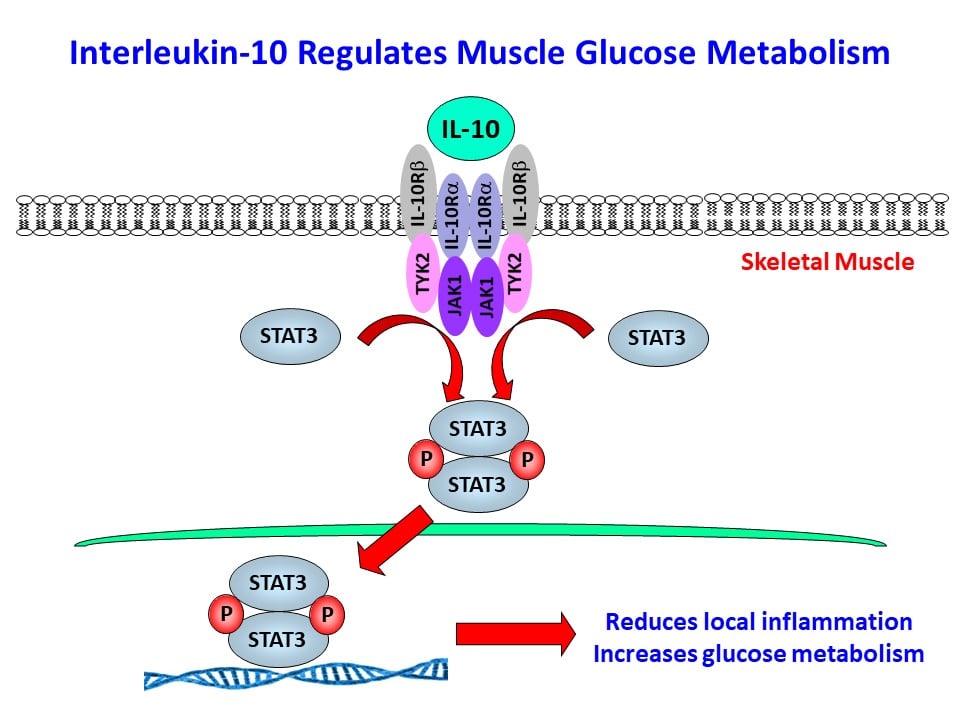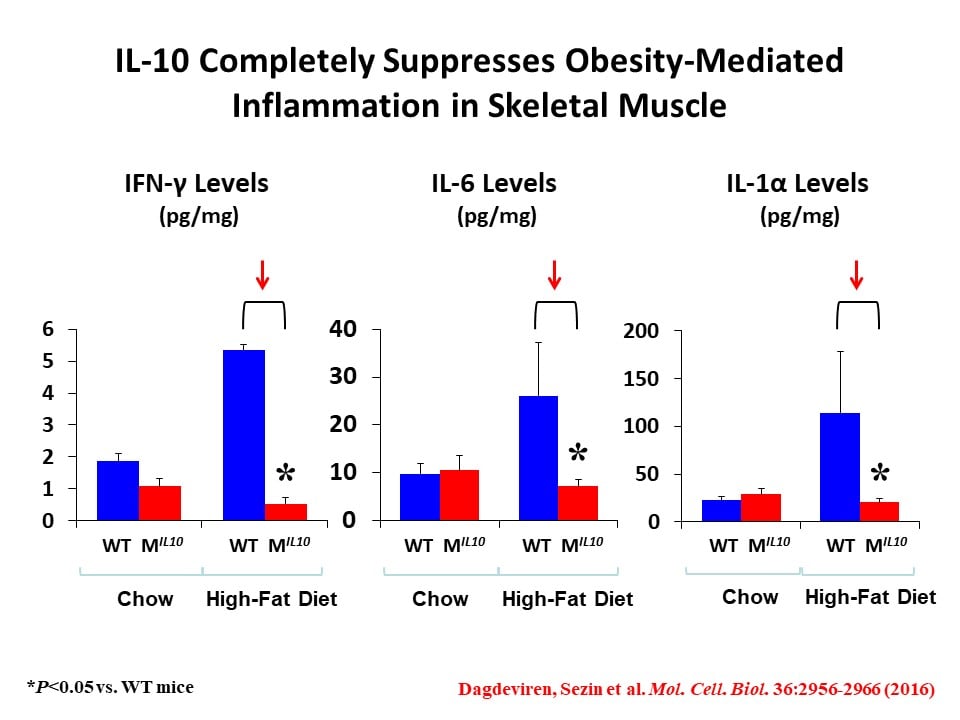Type 2 Diabetes Projects with Dr. Jason Kim at UMass Chan Medical School
Role of Maternal Nutrient Stress During Pregnancy on the Metabolic Health of Offspring and Intergenerational Risk for Type 2 Diabetes
Increasing evidence shows a potential link between the perinatal nutrient environment and metabolic outcomes in offspring. Here, we investigated the effects of maternal feeding of a high-fat diet (HFD) during the perinatal period on hepatic metabolism and inflammation in male offspring mice at weaning and in early adulthood. Female C57BL/6J mice were fed HFD or normal chow (NC) for 4 weeks before mating and during pregnancy and lactation. The male offspring mice were weaned onto an NC diet, and metabolic and molecular experiments were performed in early adulthood. At postnatal day 21, male offspring mice from HFD-fed dams (Off-HFD) showed significant increases in whole body fat mass and fasting levels of glucose, insulin, and cholesterol compared to male offspring mice from NC-fed dams (Off-NC). The RT-qPCR analysis showed 2 to 5-fold increases in hepatic inflammatory markers (MCP-1, IL-1b, and F4/80) in Off-HFD mice. Hepatic expression of G6Pase and PEPCK was elevated by 5-fold in the Off-HFD mice compared to the Off-NC mice. Hepatic expression of GLUT4, IRS-1, and PDK4, as well as lipid metabolic genes, CD36, SREBP1c, and SCD1, were increased in the Off-HFD mice compared to the Off-NC mice. In contrast, CPT1a mRNA levels were reduced by 60% in the Off-HFD mice. At postnatal day 70, despite comparable body weights to the Off-NC mice, Off-HFD mice developed hepatic inflammation with increased expression of MCP-1, CD68, F4/80, and CD36 compared to the Off-NC mice. Despite normal body weight, Off-HFD mice developed insulin resistance with defects in hepatic insulin action and insulin-stimulated glucose uptake in skeletal muscle and brown fat, and these metabolic effects were associated with hepatic inflammation in Off-HFD mice. Our findings indicate hidden, lasting effects of maternal exposure to HFD during pregnancy and lactation on the metabolic homeostasis of normal-weight offspring mice.


Role of GRP78 and Unfolded Protein Response in Macrophage Function and Insulin Resistance in Diet-Induced Obesity
We found that obesity-mediated inflammation is associated with M1 polarization of macrophages and increased secretion of inflammatory cytokines and their deleterious effects on skeletal muscle insulin signaling and glucose metabolism (Han, M.S. et al., Science 2013;339:218-222). The 78-kDa glucose-regulated protein (GRP78) is a major endoplasmic reticulum (ER) chaperone, and our previously published work showed that GRP78 modulates unfolded protein response (UPR) and ER homeostasis (Ye, R. et al., Diabetes 2010;59:6-16 and Zhu, G. et al., FASEB J. 2013;27:955-964). Based on these findings, we have recently generated mice with conditional deletion of Grp78 in myeloid cells (Lyz-Grp78-/-), and Lyz-Grp78-/- mice are shown to be protected from obesity-mediated insulin resistance, and the underlying mechanism involves upregulation of ATF-4 and other UPR elements with increased alternatively-activated (M2) macrophages, resulting in increased insulin signaling and glucose metabolism in skeletal muscle (Kim, J.H. et al., FASEB J. 2018;32:2292-2304). Our findings implicate a potential role of ER stress and UPR in macrophage function, and we are continuing to investigate the effects of obesity in macrophages and other immune cells.
Role of Anti-Inflammatory Cytokine IL-10 in the Regulation of Skeletal Muscle Insulin Resistance Associated with Obesity and Aging
We have initially made two important discoveries: 1) In diet-induced obesity, inflammation develops in skeletal muscle with macrophage infiltration and locally elevated inflammatory cytokines (Hong, E.-G. et al., Diabetes 2009;58:2525-2535), and 2) cytokines regulate glucose metabolism and insulin signaling in skeletal muscle (Kim, H.-J. et al., Diabetes 2004;53:1060-1067). Based on these findings, we have generated transgenic mice with muscle-selective overexpression of IL-10 (MIL-10), and MIL-10 mice are protected from obesity-mediated inflammation and insulin resistance in skeletal muscle (Dagdeviren, S. et al., Mol. Cell. Biol. 2016;36:2956-2966).


We have also found that aging MIL-10 mice at 18 months of age are more insulin sensitive with increased glucose metabolism than aging wild-type mice, suggesting a potential role of muscle inflammation in aging-associated insulin resistance (Dagdeviren, S. et al., FASEB J. 2017:31:701-710). Interestingly, we have found increased muscle mass in MIL-10 mice, and we are continuing to investigate the molecular mechanisms by which IL-10 regulates muscle inflammation, insulin signaling, and myogenesis and identify potential therapeutic targets for the treatment of insulin resistance (pre-diabetes) in obesity and aging.


Dissecting the Beneficial Effects of Weight Loss on Insulin Sensitivity and Type 2 Diabetes
Diabetes Prevention Program studies have demonstrated that a modest weight loss can profoundly improve insulin sensitivity in diabetic subjects. As environmental factors, such as high-fat, high-carbohydrate, and high-caloric diets coupled with reduced physical activity, play a major role in the current obesity pandemic, weight loss by changing various lifestyle factors is a standard nonpharmacological regimen to treat type 2 diabetes. Although the beneficial effects of weight loss on metabolic homeostasis are well established, the molecular mechanism by which weight loss improves insulin sensitivity remains unclear. Our recent study found that a short-term weight loss, mediated by either switching from a high-fat diet to a low-fat diet or engaging in exercise (via cage wheel), caused a dramatic increase in insulin sensitivity in skeletal muscle and liver even though the mice remained relatively more obese than control animals (Jung, D.Y. et al., Am. J. Physiol. 2013;304:E964-E976). Interestingly, there was a weight loss modality-dependent effects on organ-specific insulin action, and this beneficial effect of modest weight loss did not involve attenuation of adipose tissue inflammation. We are currently investigating how weight loss impacts local inflammation and glucose metabolism in skeletal muscle and liver.

